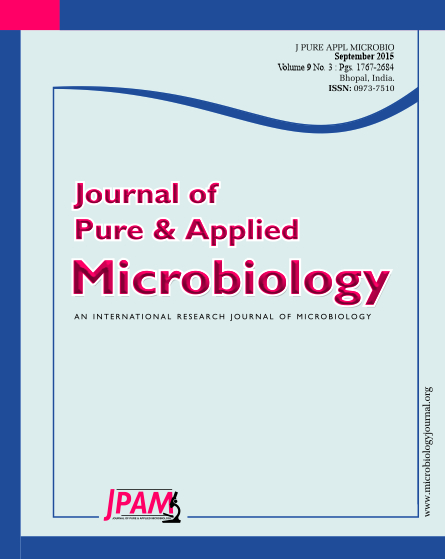Otitis Media is a common problem among the subjects attending to otolaryngology Clinics. Hence in this study the serum level of nitric oxide (NO) was determined and compared between patients with otitis media with effusion, subjects with chronic otitis media, and healthy subjects. In this observational case-control study, 29 patients with otitis media with effusion, 28 subjects with chronic otitis media, and 30 healthy subjects attending to Imam-Khomeini Hospital of Tehran in 2013 and 2014 were enrolled and the serum level of nitric oxide among them were determined and compared. There was no significant difference between NO level in otitis media with effusion (12.1 ± 4.1) and chronic otitis media (13.4 ± 8) groups (P > 0.05); but normal subjects (6.8 ± 1.3) had significantly lower serum NO levels in comparison with patients with otitis media with effusion (P = 0.003) and those with chronic otitis media (P = 0.001). Totally, according to the obtained results, it may be concluded that Serum level of nitric oxide is significantly higher among subjects with otitis media with effusion and patients with chronic otitis media compared with healthy normal subjects.
Nitric Oxide, Otitis media with effusion, Chronic otitis media
© The Author(s) 2015. Open Access. This article is distributed under the terms of the Creative Commons Attribution 4.0 International License which permits unrestricted use, sharing, distribution, and reproduction in any medium, provided you give appropriate credit to the original author(s) and the source, provide a link to the Creative Commons license, and indicate if changes were made.


